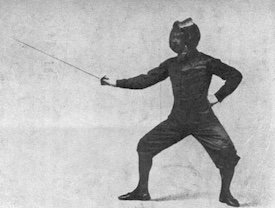FunkyBassMan
500+ Head-Fier
Extremely well expressed..You do not know that you need it. Between the very many ways tracks are mastered, the very many frequency responses of headphones, and just a little bit of personal taste, it is extremely unlikely that the frequency response you have at a given time actually is your favorite FR.
Now EQ isn't that easy to apply as we need, it takes time to learn about it and about our own perception of the changes. So it's not too surprising for someone to fool around, make a mess and decide EQ is wrong. But you will have a hard time finding literature saying it's better not to EQ headphones. Objectively, there are things to correct. Subjectively, FR is one of the most important variables for preferred sound.
I'm not telling you what to do, you should do what you want for whatever reason you have to want it. But the FR is statistically going to be wrong, and EQ is the tool to try and mitigate that wrongness. We kind of all need it.
I’d only add that because music enjoyment is at its essence an unconscious, automatic experience,, you won’t know what EQ you like until you try it.
@Conan1974
EQing can be very simple. You pick a frequency, raise it, move the frequency around until you hear things you like or don't like, and raise or lower accordingly. Then to fine-tune, play with the setting that decides how much around that frequency you want to change too. That might sound like more tweaking than you want to do. But bear in mind that while all this technical stuff we blather on about matters a little, EQ is MUCH, MUCH more powerful in terms of ability to improve your enjoyment of music listening.
























